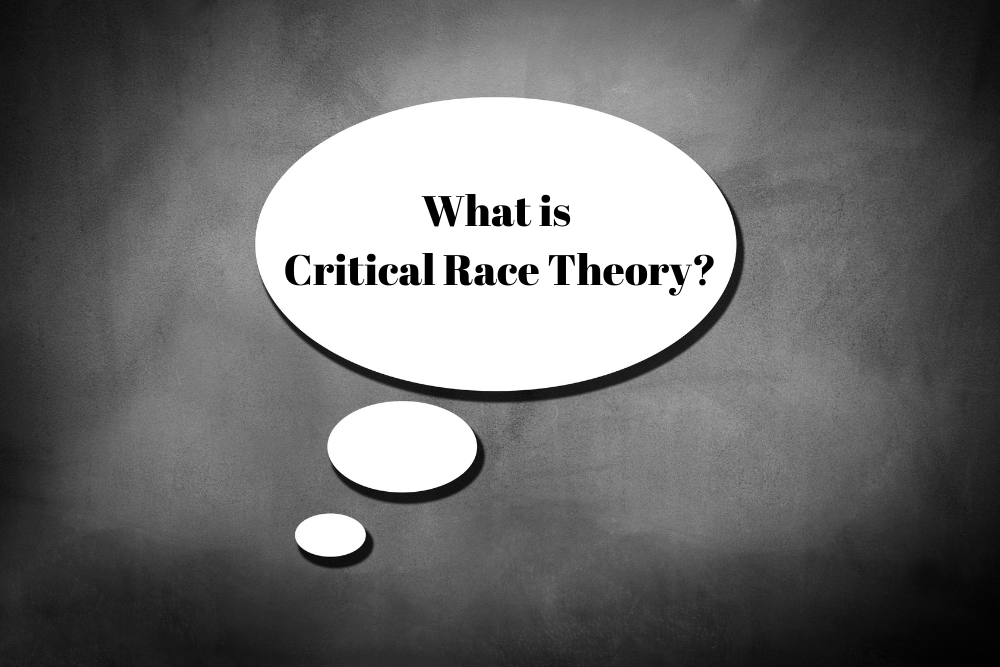President Donald Trump has eliminated critical race theory in diversity training for federal agencies and contractors. The order, issued September 22, 2020, characterizes curriculum about white privilege and systematic racism as “divisive concepts” and “destructive ideology.” Large corporations with federal contracts have already called for the order’s repeal. Nonetheless, the newest Trump administration executive order has already had a widespread chilling effect on speech in corporate America.
The order has raised many questions surrounding not only its legality but also how to comply. The language of the order describes a complex area of research known as critical race theory as unamerican propaganda, however, it does not name the area of study. This lack of clarity has left a void that political pundits are eager to fill. One of the biggest questions out there is: what exactly is critical race theory?
What is Critical Race Theory?
Critical race theory is the study of how cultural ideas surrounding race are used by a dominant group to maintain power over another group, often evidenced in the law. It posits that race is a social construct that is normalized into the dominant culture and exercised through the law (and by other means) over time, creating hierarchies that benefit one group over another.1
Further, despite the language used in Trump’s order, critical race theory does not say that the United States is “irredeemably racist and sexist.” In fact, this area of research is a branch of post-modern philosophy, the central pillar of which posits that nothing about any society is inherent or permanent; it is created by those who have the power to create it.2 If it can be created, it can be deconstructed.
This may seem vague to some, but we can see the impact in law, which is why critical race theory has often been studied through the lens of the law.
Critical Race Theory in Law | Some Real Examples
Example 1: The Case of Elizabeth Key Grinstead
One of the most discussed examples of how this process actually plays out involves the case of a woman in colonial America by the name of Elizabeth Key Grinstead.
Grinstead was the daughter of a white Englishman and an enslaved Black woman. Before he left colonial Virginia, Grinstead’s father tried to protect her from slavery by recognizing her as his daughter, baptizing her, and creating a contract of indentured servitude that would set her free upon completion. She was never freed from the contract. Colonial Virginia legally considered Grinstead and her son slaves because of how the planter’s estate that held her contract classified them. That is, even though her father created the contract, the estate listed indentured servants and Black individuals separately. It included Grinstead as one of the Black individuals and therefore the property of the estate. Grinstead sued for her freedom.3
The first issue presented to the court by Ms. Grinstead was whether she and her son were English subjects. At the time, colonial America determined subjecthood paternally: if the father was English, then the child was English. She argued that because her father was a free Englishman, she must be free as she inherited his status.
She also argued that because she was a baptized practicing Christian, under British common law she must be free. This was because, under British common law, Christians could not legally be held in indefinite servitude.4
Based on her father’s status in addition to her being a baptized Christian, Grinstead won her case.5
Aftermath of the Case
Although Grinstead won her case, this rare event in history is an example of critical race theory because of what happened afterward. That is, directly after she won her case, Virginia passed a law that changed how they determined a child’s status. From then on, Virginia determined a child’s status maternally via the principle of partus sequitur ventrum, which means “that which is brought forth follows the belly.”6 Accordingly, all children born to enslaved mothers were also enslaved. Other colonies soon followed suit and passed similar laws.7
Why do this? The answer to this question is exactly what critical race theory argues: the colonies passed the law to maintain power over Black individuals. If all of the children of white slave-owning fathers inherited their fathers’ status, then they could not be enslaved. This was a problem for proponents of slavery, whose businesses depended on the labor of enslaved people.
Example 2: Intersectionality and the Law
A sub-branch of critical race theory is intersectionality. In her Ted Talk, researcher Kimberlé Crenshaw provides some real-life examples of how this intersectionality impacts the lives of people of color via the law today:
Regardless of where you land on this topic, one thing is clear: the executive order leaves much to be desired. And, if President Donald Trump wins reelection, we can expect lawsuits challenging the constitutionality of this order, particularly whether it violates the First Amendment. Until then, since the order fails to name any of the areas of study it is ostensibly written to prohibit, companies will have to decide for themselves to what extent they are willing to change (or not change) their current diversity training curriculums.
Want to learn more about critical race theory? Check out this podcast on Scene On Radio: Seeing White.
[1] Delgado, Richard; Stefancic, Jean “Critical Race Theory .” New Dictionary of the History of Ideas. Encyclopedia.com. (October 16, 2020). https://www.encyclopedia.com/history/dictionaries-thesauruses-pictures-and-press-releases/critical-race-theory
[2]Duignan, Brian. “postmodernism (philosophy) (Encyclopædia Britannica)”. Encyclopædia Britannica. (September 4, 2020). https://www.britannica.com/topic/postmodernism-philosophy
[3]Brent Tarter, “Elizabeth Key (fl. 1655–1660),” Dictionary of Virginia Biography, Library of Virginia (1998– ), published 2019 (http://www.lva.virginia.gov/public/dvb/bio.asp?b=Key_Elizabeth_fl_1655-1660, accessed October 25, 2020).
[4] Taunya Lovell Banks, “Dangerous Woman: Elizabeth Key’s Freedom Suit – Subjecthood and Racialized Identity in Seventeenth Century Colonial Virginia”, 41 Akron Law Review 799 (2008), Digital Commons Law, University of Maryland Law School, accessed 21 Apr 2009.
[5] See note 4 above.
[6] Wikipedia. “Elizabeth Key Grinstead.” Last modified October 20, 2020. https://en.wikipedia.org/wiki/Elizabeth_Key_Grinstead#cite_note-Banks-2
[7] See note 6 above.

